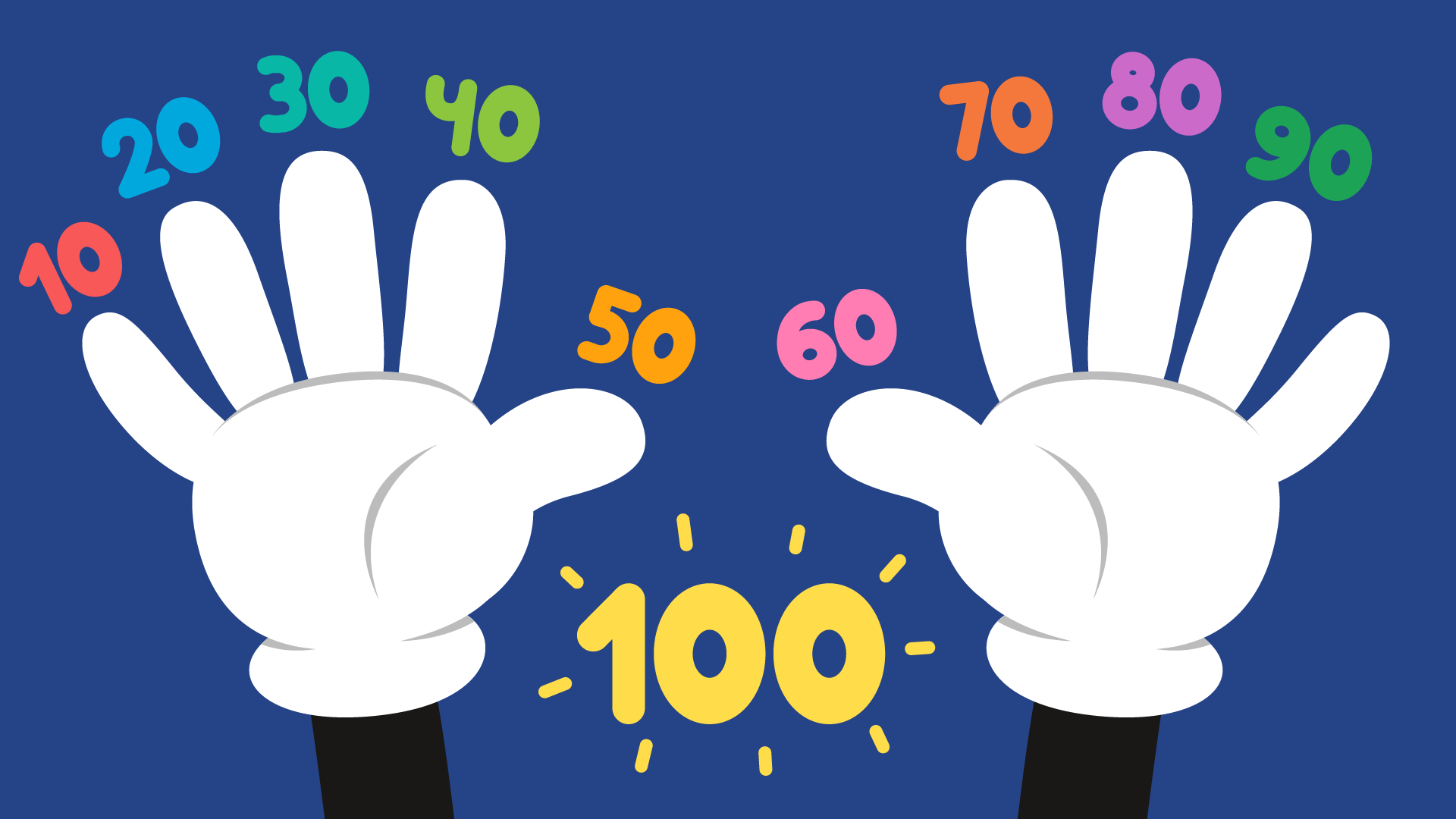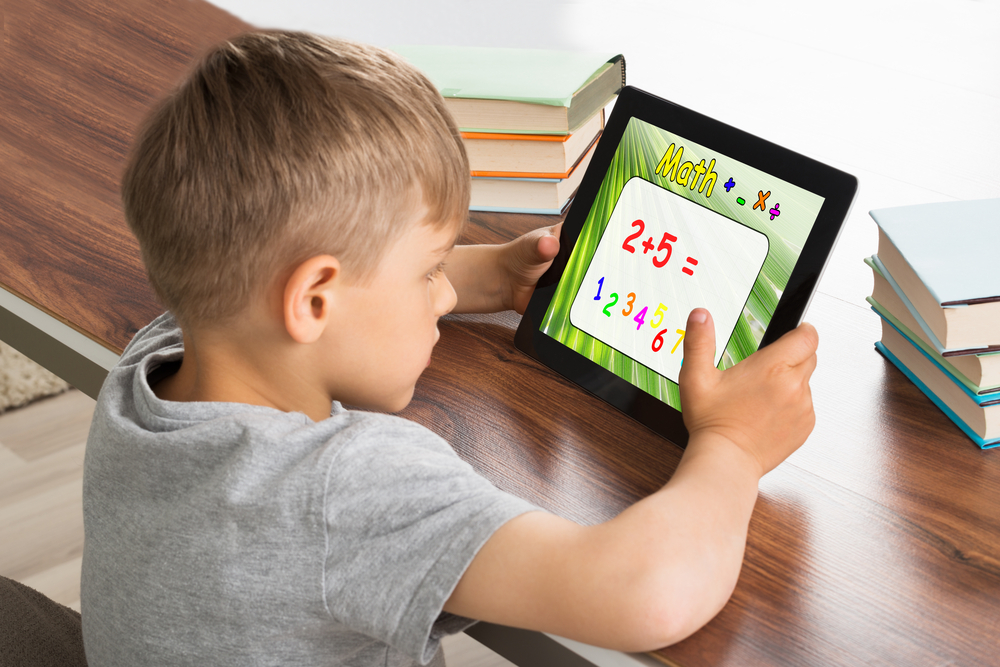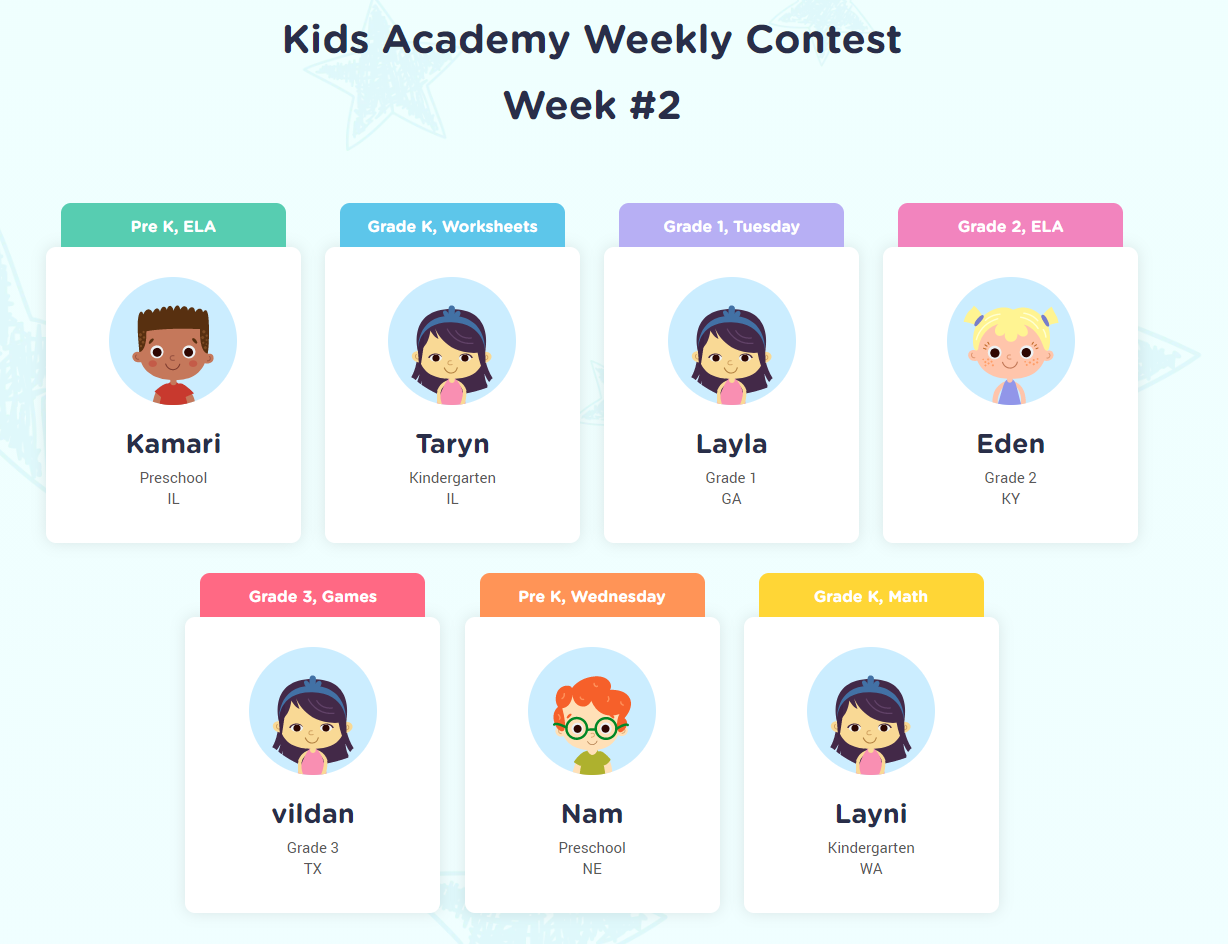Associative learning Math Worksheets for Ages 4-8
5 filtered results
-
From - To
Welcome to our collection of Asssociative Learning Math Worksheets for ages 4-8! Designed to make math fun and engaging, these worksheets help young learners understand essential math concepts through hands-on activities and real-world scenarios. Each worksheet encourages exploration and critical thinking, making it easier for children to grasp addition, subtraction, counting, and basic geometry. Our printable worksheets are perfect for both classroom and at-home learning, ensuring that kids build a strong mathematical foundation as they develop associative learning skills. Help your child or students excel in math while having fun with our expertly crafted resources!
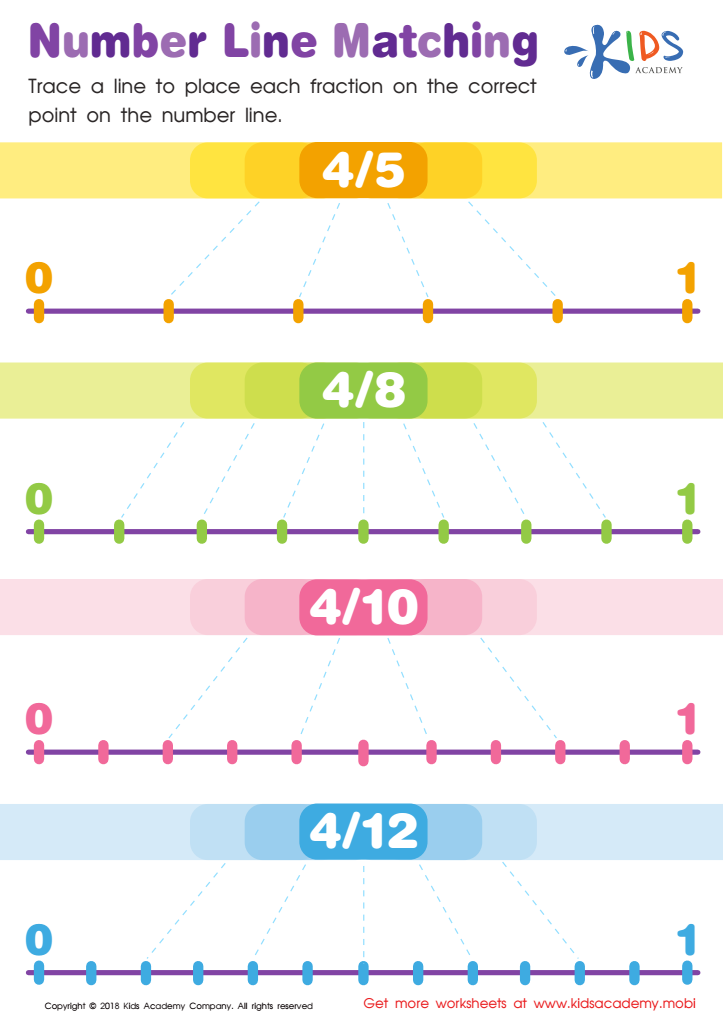

Number Line Matching Worksheet
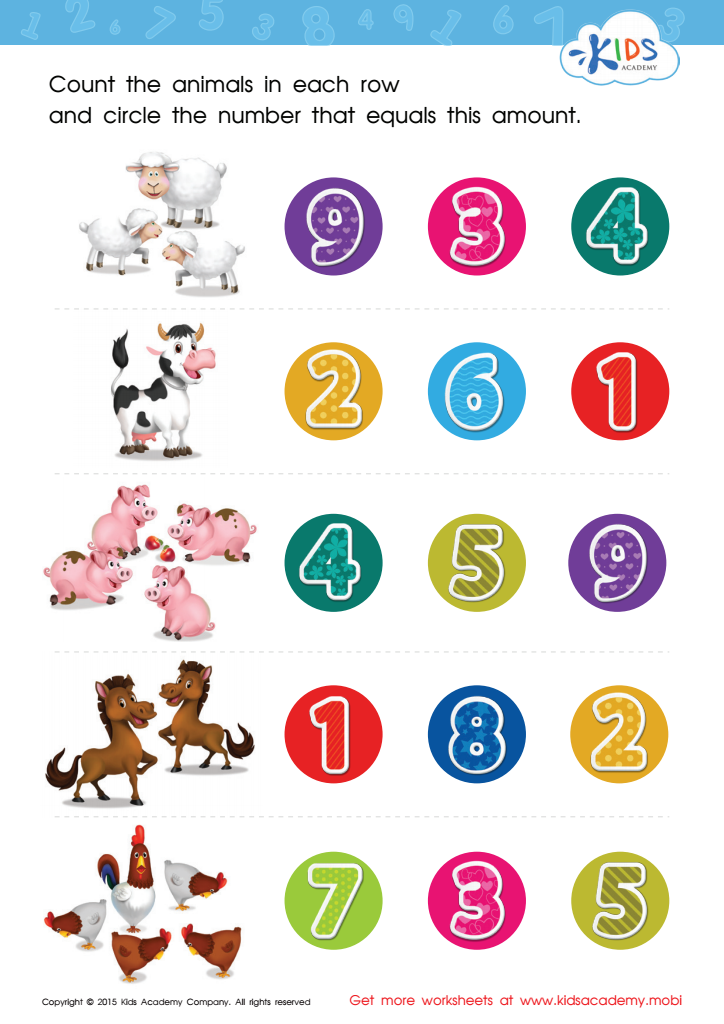

Count and Match 1 – 5 Math Worksheet
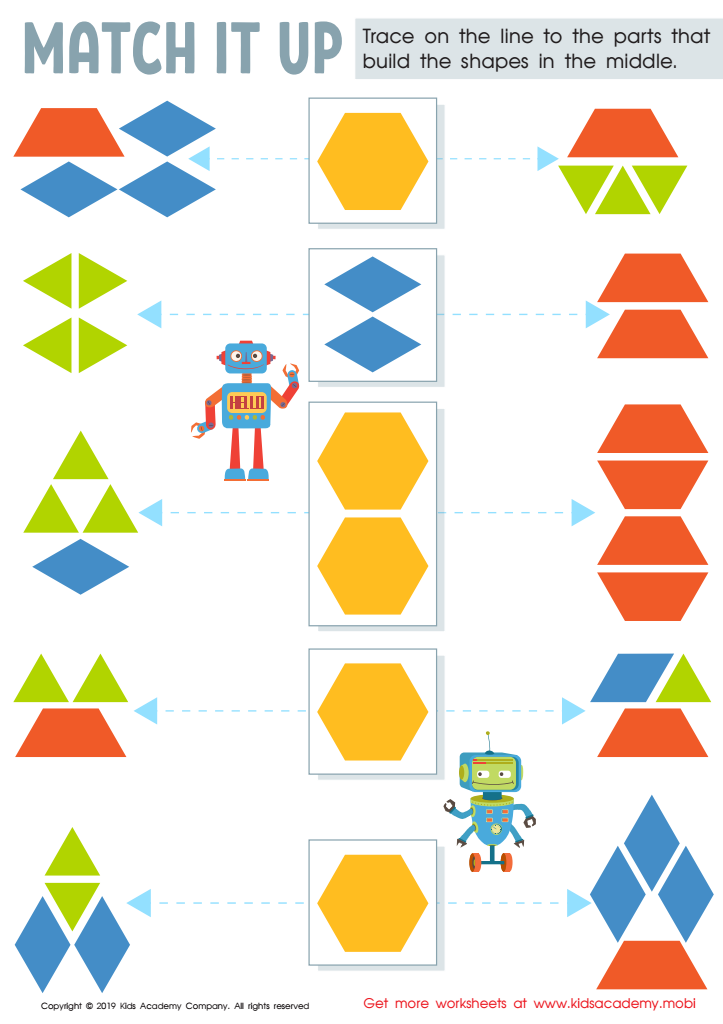

Match It up Worksheet
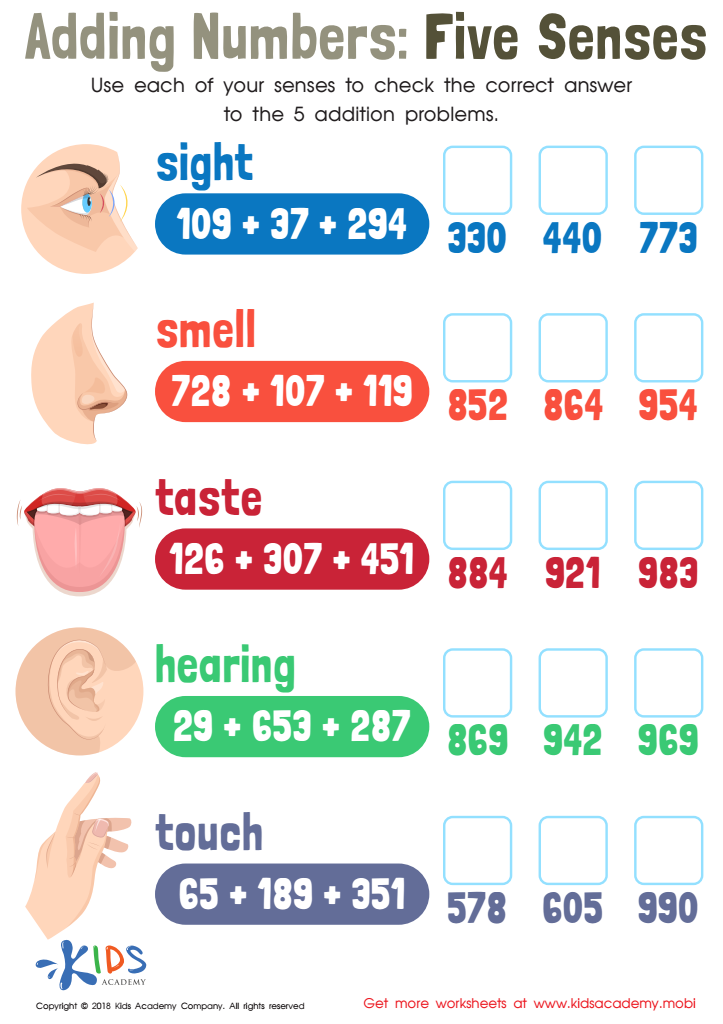

Adding Numbers: Five Senses Worksheet
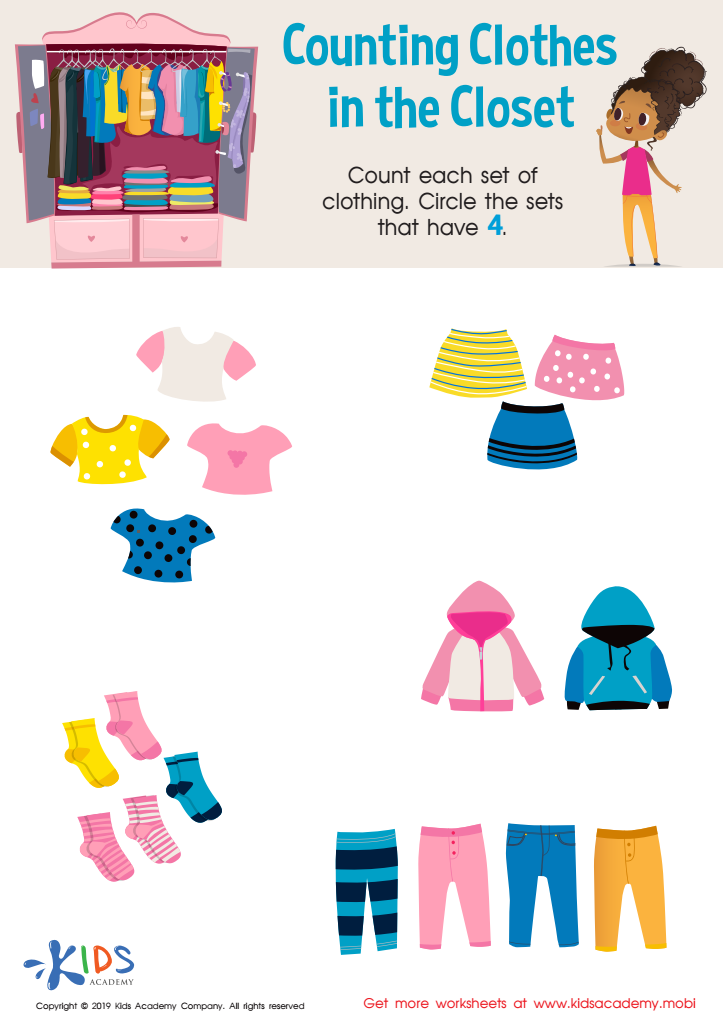

Counting Clothes Worksheet
Associative learning in math is crucial for young children aged 4-8, as it builds foundational skills that support their long-term academic success. This type of learning emphasizes the connections and relationships between different concepts, enhancing a child's ability to understand math intuitively rather than just memorizing isolated facts.
For parents and teachers, associating math with everyday experiences can make learning more engaging and relevant. When children see how numbers, shapes, and patterns operate in the real world—like understanding that three apples plus two apples make five apples—they grasp mathematical concepts more concretely.
Moreover, associative learning promotes cognitive and problem-solving skills. By making connections between familiar and new information, children develop critical thinking abilities. They learn to group, categorize, compare, and contrast, which are essential for mastering more complex math topics later on.
Parents and teachers should also care because this method of learning addresses multiple learning styles. Children can connect math concepts through visual aids, physical activities, stories, and games. This multi-sensory approach makes math more enjoyable and accessible, reducing anxiety and fostering a positive attitude toward learning.
By integrating associative learning in early math education, we lay a strong academic foundation, nurture an innate curiosity in children, and empower them with skills beneficial across all subjects and in everyday life.
 Assign to My Students
Assign to My Students





